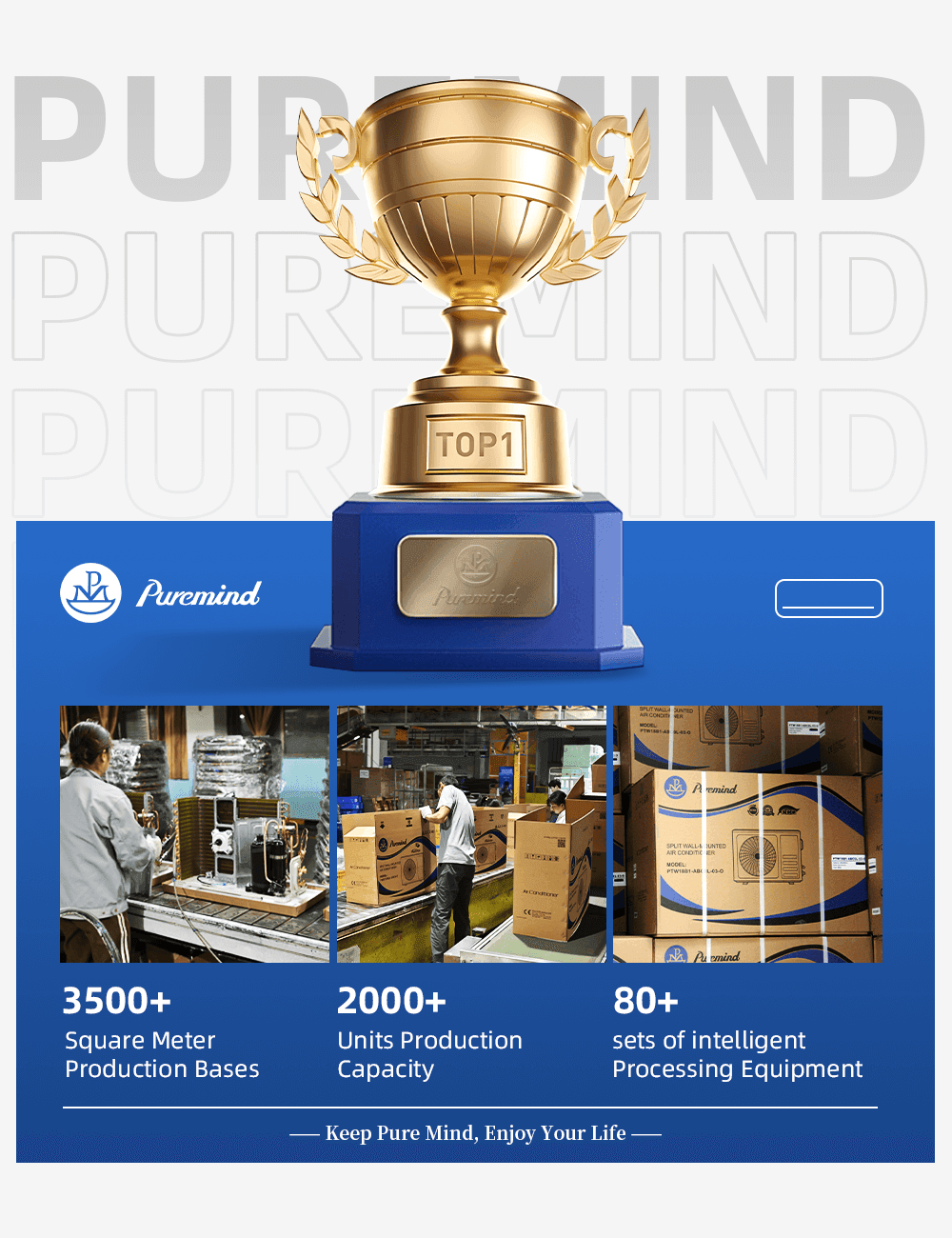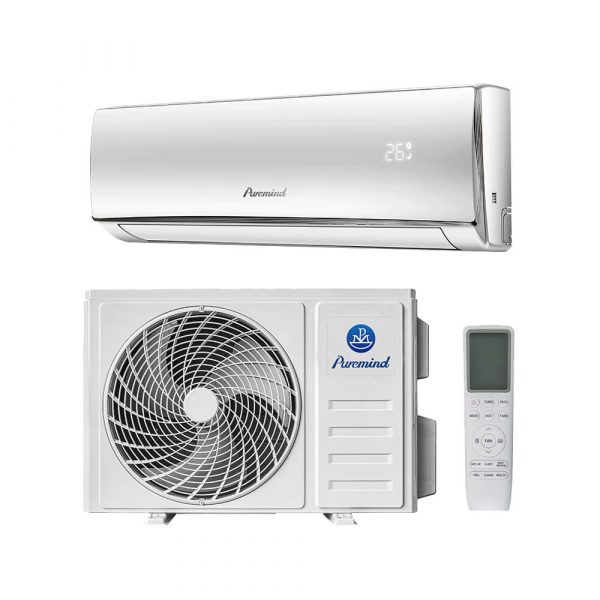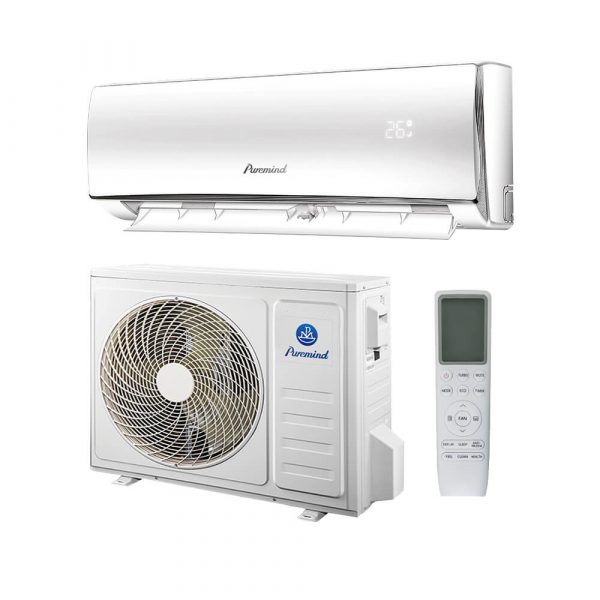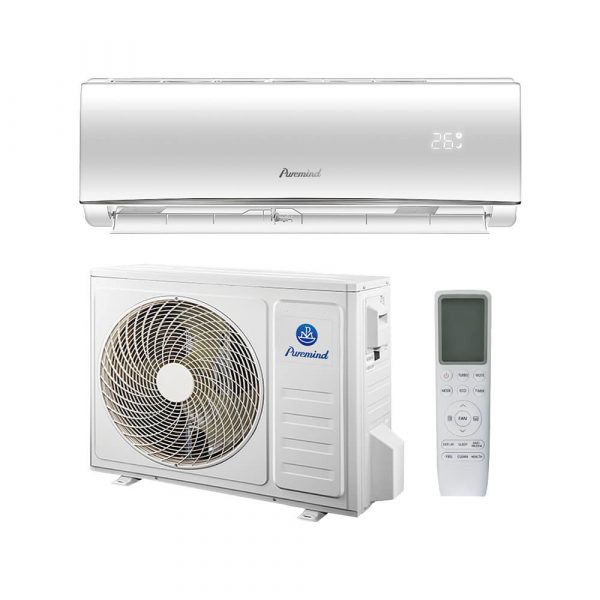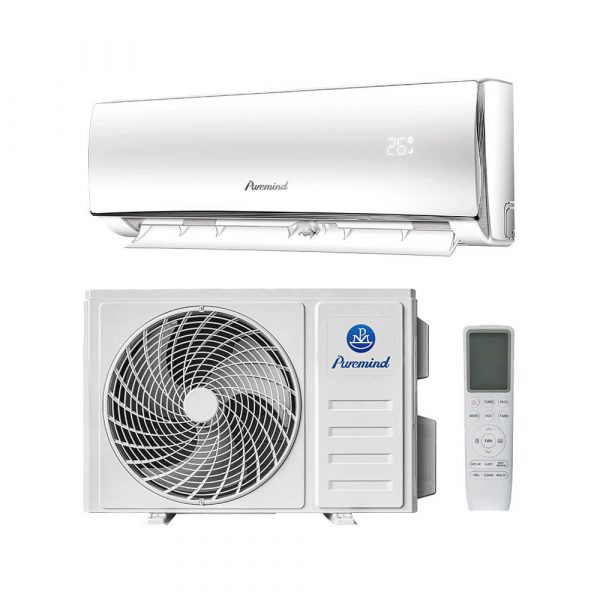How Does a Mini Split Air Conditioner Work? B2B Guide to Ductless Cooling
For commercial facilities looking to optimize energy use, reduce installation time, and provide zoned comfort, mini split air conditioners are an increasingly popular HVAC solution. But how do these ductless systems actually work—and why are they such a strong fit for B2B environments?
This guide explains the technical operation of mini splits, highlights their components, and explores how businesses can benefit from adopting this modern cooling (and heating) solution.
What Is a Mini Split Air Conditioner?
A mini split system is a type of ductless air conditioner (and often heat pump) that provides temperature control for a specific zone or room. Unlike central systems that rely on ducts to distribute air, mini splits deliver air directly from an indoor unit mounted on the wall or ceiling.
Core Components of a Mini Split System
| Component | Description |
|---|---|
| Indoor Unit | Evaporator and blower that cools or heats the air in the target space |
| Outdoor Unit | Compressor and condenser coil that releases or absorbs heat |
| Refrigerant Line Set | Insulated copper tubing that transfers refrigerant between units |
| Drain Line | Carries condensate from the indoor unit to an appropriate drain point |
| Controller | Wall-mounted thermostat, remote, or mobile app for system control |
How Does a Mini Split Work?
The operation of a mini split air conditioner is based on the refrigeration cycle, using a closed-loop refrigerant system:
- Indoor Air Intake: The indoor unit draws in warm air from the room.
- Heat Absorption: Refrigerant inside the indoor coil absorbs heat from the air.
- Refrigerant Compression: The warm refrigerant travels to the outdoor unit where it’s compressed, increasing its temperature and pressure.
- Heat Release: The outdoor unit expels the absorbed heat into the environment.
- Cooling Cycle: The cooled refrigerant returns indoors to absorb more heat, repeating the cycle.
In heating mode, the process is reversed using a reversing valve, allowing the system to absorb heat from outside air and transfer it inside—even in winter.
Benefits for B2B Applications
- Zone-Based Efficiency: Cool only occupied spaces and eliminate energy loss from ducts
- Flexible Installation: Great for retrofits, modular offices, clinics, or server rooms
- Lower Operating Costs: Inverter compressors reduce electricity consumption by 30–50%
- Quiet Operation: Suitable for noise-sensitive environments like therapy rooms or offices
- Remote Control: App-based or centralized scheduling for large facilities
Typical Use Cases
- Private offices – Independent temperature control for executive suites
- Retail stores – Consistent cooling in sales floors or back rooms
- Medical exam rooms – Quiet, clean comfort control
- Co-working spaces – Energy savings during non-peak hours
- IT rooms/server closets – Spot cooling for electronics
Mini Split System Variations
- Single-Zone Mini Split: One indoor unit connected to one outdoor unit (most common for small commercial use)
- Multi-Zone Mini Split: Multiple indoor units connected to one outdoor unit—ideal for facilities with multiple rooms
- Ceiling Cassette or Ducted Units: For open commercial layouts or minimal visual impact
Maintenance & Longevity Tips
- Clean indoor filters monthly in high-traffic areas
- Inspect refrigerant lines annually for pressure and insulation
- Ensure drain lines are clear to prevent water damage
- Schedule professional servicing at least once a year
Energy Efficiency Metrics
| Metric | Description | Target (B2B Grade) |
|---|---|---|
| SEER | Seasonal Energy Efficiency Ratio | 18–26+ |
| HSPF | Heating Seasonal Performance Factor | 9.0+ |
| EER | Energy Efficiency Ratio (at full load) | 10.0+ |
Cost Considerations
Mini splits vary in cost based on BTU rating, number of zones, and installation complexity. On average:
- Unit cost: $800–$2,500 depending on brand and size
- Installation: $1,000–$3,500 per zone
- Total project: $2,000–$8,000 for most small commercial applications
Where to Find Commercial Mini Split Systems
Looking for commercial-grade ductless mini splits? We offer inverter-based, energy-efficient systems suitable for offices, clinics, and retail environments:
Puremind Split Air Conditioner Collection
Our B2B HVAC experts assist with product selection, technical specs, and volume procurement.
Conclusion
Understanding how mini split air conditioners work helps facility managers, business owners, and commercial HVAC specifiers make smarter decisions. With flexible installation, high efficiency, and quiet operation, these systems are a future-proof solution for modern buildings.
To explore commercial models or request a custom system quote, visit Puremind Commercial HVAC Solutions.
